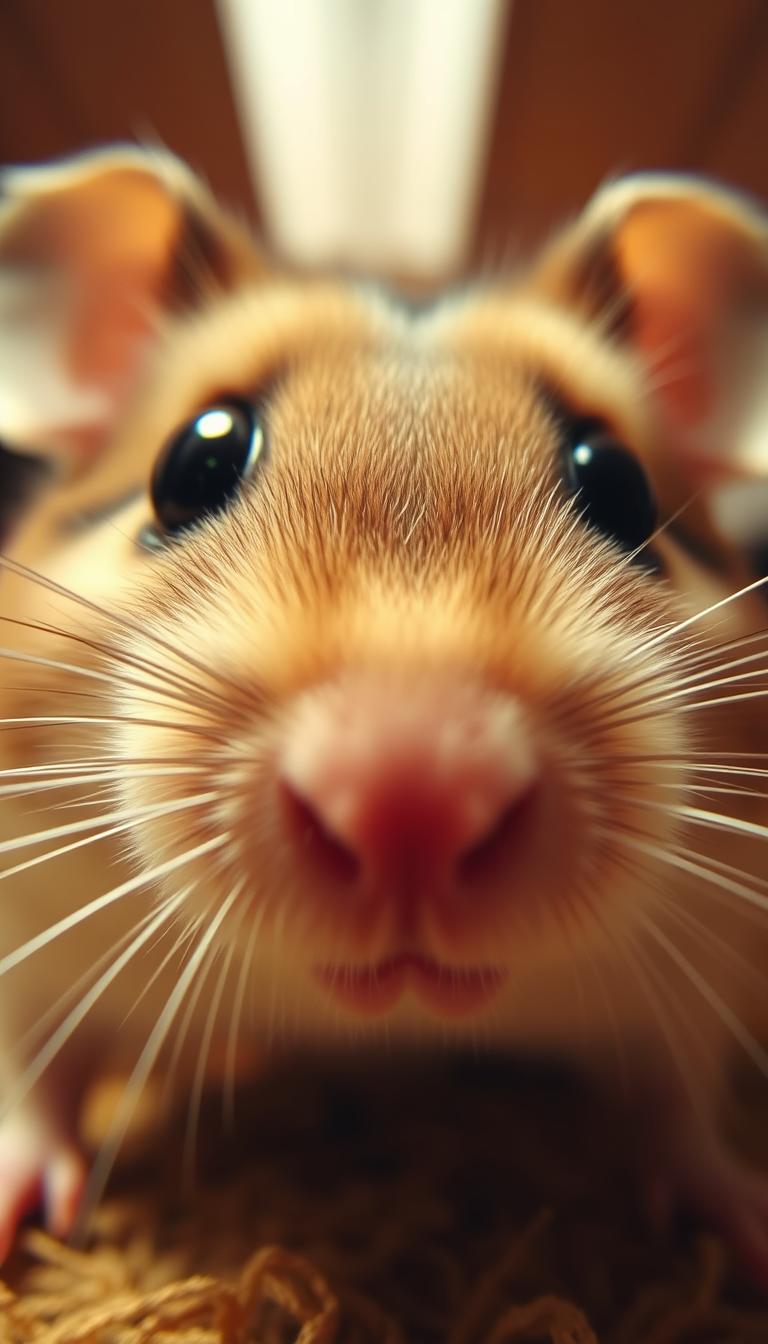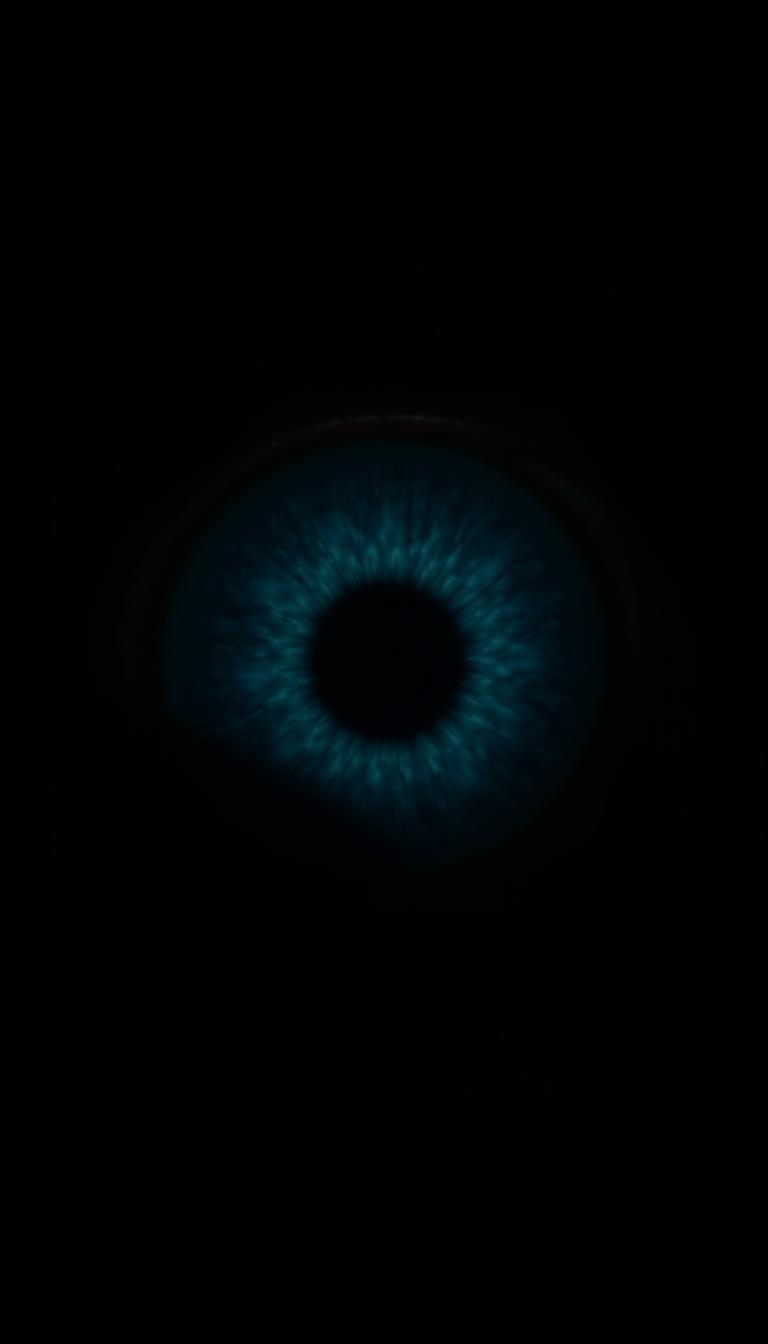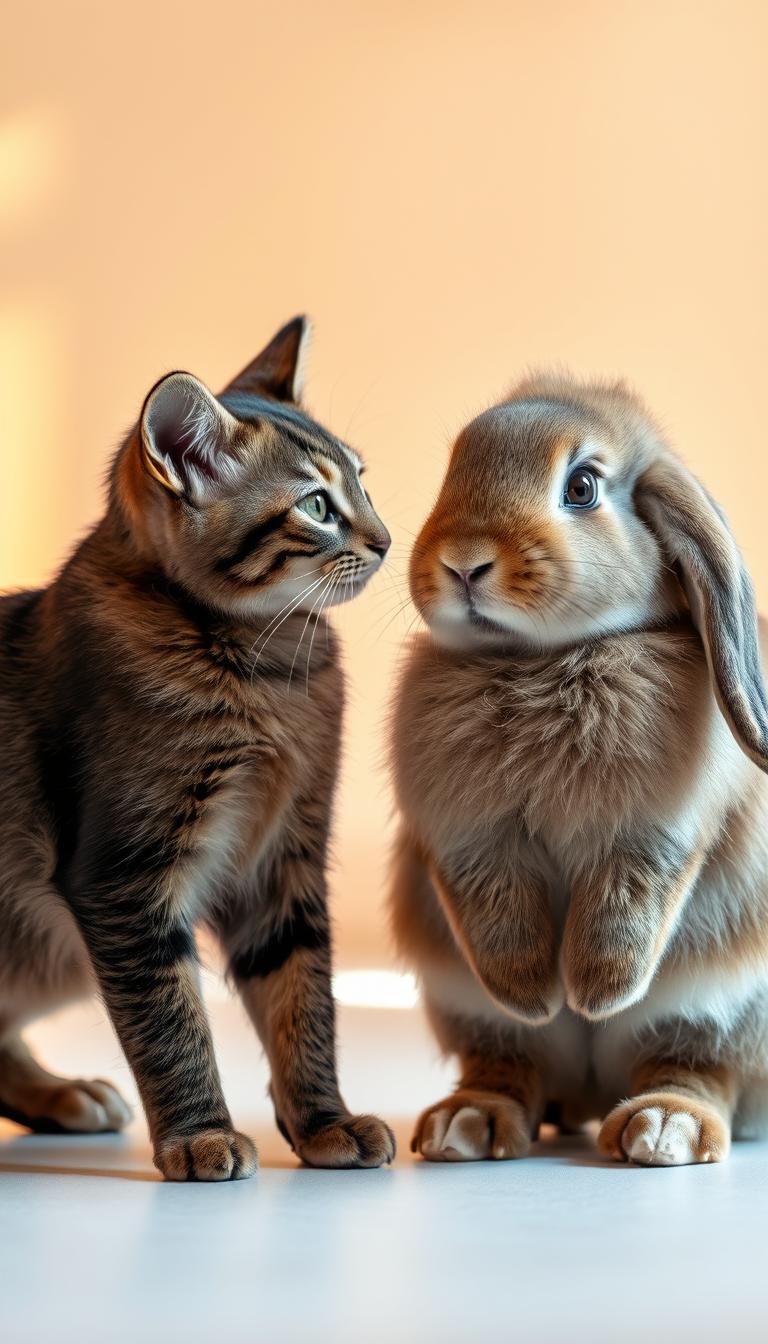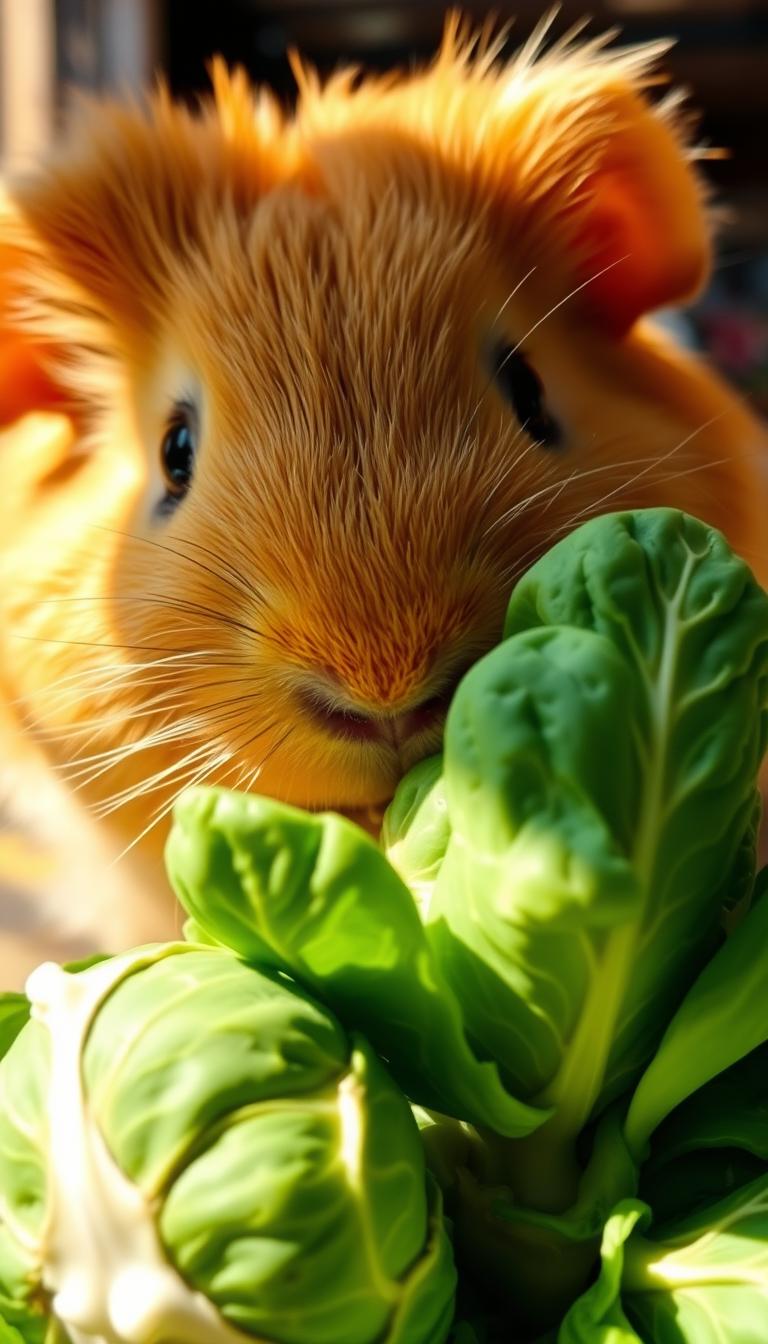Ever noticed your furry companion bumping into objects or hesitating when exploring? These behaviors hint at how these small animals experience their surroundings. Unlike humans, pets like these evolved for life in dark underground tunnels, prioritizing senses like smell and hearing over sharp eyesight.
Their vision works best in low light, detecting motion rather than fine details. This explains why sudden movements might startle them, while gentle voices calm them. Creating a consistent environment with familiar scents helps them navigate confidently—think of it as designing a sensory-friendly space tailored to their instincts.
Though not fully blind, their limited sight means they rely on whiskers to map their world. You’ll see them brushing walls or objects to “see” through touch. This natural adaptation makes noisy wheels or textured bedding essential for their comfort.
By respecting their biological needs, you’ll build trust and reduce stress. Simple changes—like avoiding bright lights during playtime—can make a big difference. Understanding these quirks transforms care routines into bonding opportunities, ensuring your companion thrives in a home that mirrors their wild roots.
Table of Contents
Understanding Hamster Vision

Observing your pet’s behavior during twilight hours reveals fascinating insights into their evolutionary design. Unlike humans, these small animals developed vision optimized for survival in shadowy environments rather than daylight clarity.
Nighttime Navigation Experts
Your furry friend thrives in low light conditions thanks to specialized eye structures. Their wide-angle perspective lets them spot movement across nearly 360 degrees—critical for avoiding predators. You might notice they become more active at dusk, using this biological advantage to explore safely.
| Feature | Humans | Hamsters |
|---|---|---|
| Optimal Light Conditions | Bright daylight | Dim twilight |
| Field of Vision | 180 degrees | 340 degrees |
| Primary Navigation Senses | Eyesight | Whiskers & smell |
Decoding Their Sensory Experience
Bright lamps or sunlight overwhelm their sensitive eyes, causing temporary “snow blindness.” This explains why sudden illumination makes them freeze or scramble. They construct mental maps using:
- Scent markers from cheek glands
- Sound vibrations from moving objects
- Whisker feedback about space dimensions
By maintaining consistent furniture arrangements and avoiding stark lighting changes, you help them navigate confidently. Their world operates through a unique blend of senses perfected over millennia—a testament to nature’s ingenuity.
The Truth Behind “Are Hamsters Blind”
Have you ever wondered how your tiny pet perceives their surroundings? While their poor eyesight often gets misunderstood as blindness, these creatures experience the world through a specialized lens. Their vision evolved for survival—not for admiring rainbows.
Examining Common Myths
Contrary to popular belief, your furry friend isn’t navigating completely in the dark. They can see inches ahead clearly—about the length of your thumb—but anything beyond becomes a fuzzy mystery. This explains why they might miss treats placed just outside their immediate view.
| Myth | Reality | Care Impact |
|---|---|---|
| “They’re totally blind” | Detect motion within 3-4 inches | Use slow hand movements |
| “Bright lights help them” | Low-light vision works best | Use red night bulbs |
| “They recognize faces” | Identify by scent/sound | Speak before handling |
Your pet’s bad eyesight makes them rely on other senses dramatically. Sudden movements appear as alarming blurs, which is why gentle approaches work best. Did you know they process visual information 7 times slower than humans?
Though their eyesight lacks detail, they excel at detecting light changes. Keep their habitat consistent—moving furniture confuses their mental map. Textured pathways and scent markers become their GPS in this limited visual world.
Understanding these limits helps prevent accidents. Avoid multi-level drops in cages, and always check bedding for sharp objects. With thoughtful adjustments, you’ll create a space where their natural adaptations shine.
The Role of Other Senses in Hamster Navigation

Your hamster’s world is a symphony of scents, sounds, and subtle vibrations. While their vision works best up close, their survival depends on a trio of heightened senses that paint a vivid picture of their environment—no eyes required.
Mastering the Language of Scents and Sounds
Your pet’s sense of smell acts like a biological GPS. They leave scent markers using cheek glands and track food through odor trails—even distinguishing between family members by smell alone. Pair this with hearing that detects ultrasonic frequencies, and you’ll understand how they sense predators or your approach before you’re visible.
| Sense | Human Range | Hamster Advantage |
|---|---|---|
| Smell | ~6,000 scents | Identifies microscopic odor particles |
| Hearing | 20Hz-20kHz | Detects up to 46kHz vibrations |
| Touch | Fingertip sensitivity | Whiskers sense 0.0002″ movements |
Whiskers: Nature’s Measurement Tools
Those adorable facial hairs aren’t just decorative—they’re precision instruments. Your hamster’s whiskers measure air currents, object textures, and gaps narrower than a pencil. Watch how they twitch when exploring: each movement maps distances, ensuring safe navigation through tunnels or around cage toys.
Combined, these senses create a 3D mental map more detailed than any visual snapshot. This explains why rearranging their habitat confuses them—they’re literally working from outdated scent and touch data. By maintaining consistency, you help their natural navigation system thrive.
Captivity Considerations and Safety Tips

Creating a secure environment for your tiny companion requires adapting to their unique perception of space. Limited depth awareness and sudden movements can turn everyday objects into hazards—making thoughtful cage design and handling practices essential.
Risks in Multi-Level Cages
Your pet’s inability to gauge heights turns elevated platforms into danger zones. A fall from just 6 inches can cause fractures—yet they’ll leap without hesitation. Opt for single-level habitats with these features:
| Safe Feature | Risk Factor |
|---|---|
| Solid flooring | Wire mesh floors |
| Low-profile toys | Tall climbing structures |
| 12″ bedding depth | Multi-tiered shelves |
Handling and Reducing Injury Risks
Always sit on the floor when handling hamsters. Their unpredictable jumps—even from shoulder height—can lead to spinal injuries. Follow these protocols:
- Support their entire body during lifts
- Limit playtime to 10-15 minute sessions
- Use escape-proof playpens for exploration
Before free-roaming sessions, scan rooms for hazards like electrical cords or gaps behind furniture. Remember—your cage setup and handling techniques directly impact their nine-year lifespan potential. Small adjustments create big safety improvements.
Color Vision and Light Sensitivity in Hamsters

Imagine your pet’s world painted in ultraviolet hues and earthy greens. Their eyes process colors differently than yours, revealing hidden patterns in their environment. This unique visual system helps them thrive in dim habitats while staying alert to potential threats.
Dichromatic Vision: What It Means for Your Pet
Your furry friend sees through two color-detecting cones instead of three. While you enjoy rainbows, they perceive greens clearly and detect UV light invisible to humans. This adaptation lets them spot urine trails or food sources in near-darkness.
| Aspect | Human Vision | Hamster Vision |
|---|---|---|
| Color Cones | 3 types | 2 types |
| Best-Perceived Colors | Red, green, blue | Green, UV spectrum |
| Low-Light Advantage | Limited | Superior UV detection |
Light Conditions and Visual Perception
Bright lamps overwhelm their sensitive eyes, washing out details. They prefer moonlight-equivalent light levels—about 0.1 lux. Red-tinted night bulbs let you observe them without disrupting their natural rhythms.
Choose green toys and hideouts since these animals recognize this color best. Avoid red items that appear gray or black. Their UV sensitivity explains why they react to certain fabrics or cleaning products—they’re seeing stains you can’t!
By matching their visual strengths, you create a space where they feel secure. Remember: their world isn’t dull—just filtered through different biological lenses.
Behavioral Patterns Linked to Poor Eyesight

Have you ever been nipped by your tiny friend during playtime? Their reactions often stem from how they perceive threats in their environment. Limited visual clarity shapes their interactions, requiring thoughtful adjustments to build trust.
Decoding Defensive Responses
Sudden movements appear as alarming shadows to your pet, triggering instinctive behavior like biting. Since their eyesight can’t distinguish details beyond a few inches, they default to protective measures. This explains why reaching into their space without warning might startle them.
| Trigger | Perceived Threat | Solution |
|---|---|---|
| Quick hand motions | Predator attack | Approach slowly from below |
| New scents | Unknown danger | Rub hands on bedding first |
| Loud noises | Environmental instability | Speak softly before handling |
Movement Adaptations in Daily Life
Watch how your companion pauses frequently while exploring. They gather information through whisker touches and scent checks before proceeding. This cautious approach compensates for their limited ability to assess distances or recognize shapes.
Consistency becomes key in their daily life. Avoid rearranging toys or food bowls suddenly—it disrupts their mental map. Over time, they’ll associate your scent with safety, reducing defensive reactions. Pair gentle handling with verbal cues to help them anticipate your presence.
Optimizing Your Hamster’s Living Environment
Designing the perfect home for your tiny companion starts with understanding their unique sensory world. These pets flourish in spaces that mirror their natural underground habitats—think dimly lit burrows with predictable layouts.
Essential Elements for Comfort
Keep vital resources within a 3-inch radius of their nest. Their limited depth perception means food bowls and water bottles should sit close to favorite resting spots. Use these placement strategies:
- Anchor chew toys near tunnel entrances
- Position hideouts against cage walls
- Cluster enrichment things in central zones
Bright light sources create glare that obscures their surroundings. Instead, use ambient room lighting or red-spectrum bulbs. Watch how they move confidently when illumination matches dusk-like conditions.
| Ideal Features | Risky Choices |
|---|---|
| Paper-based bedding | Scented substrates |
| Fixed wheel position | Frequently moved toys |
| Shallow food dishes | Deep ceramic bowls |
Maintain consistency in their space—relocating items forces them to rebuild mental maps through scent and touch. A stable environment reduces stress and helps them find food efficiently. Remember: their world is felt more than seen.
Place the cage on a stable surface away from direct sunlight. The top should offer ventilation without creating disruptive light patterns. With these adjustments, you’ll create a sanctuary where natural behaviors shine.
Wrapping Up Your Understanding of Hamster Visual Capabilities
You’ve discovered that these small animals experience their surroundings through a unique sensory blend. While their vision works best in dim light, it’s their sharp hearing and scent detection that truly guide daily activities. This knowledge transforms how you support their natural behaviors.
Your pet’s world revolves around tactile feedback and odor mapping. Soft vocal cues before handling and consistent cage layouts help them feel secure. Remember: sudden changes disrupt their mental navigation system built on smell and touch.
Practical applications of this insight include:
- Using scented bedding to create recognizable pathways
- Choosing textured toys that engage whisker sensitivity
- Maintaining low-light conditions during active hours
By aligning care routines with their biological design, you foster trust and reduce stress. Every choice—from cage setup to playtime interactions—becomes an opportunity to honor their evolutionary strengths. With this understanding, you’re equipped to create a habitat where your companion thrives through senses perfected over generations.




